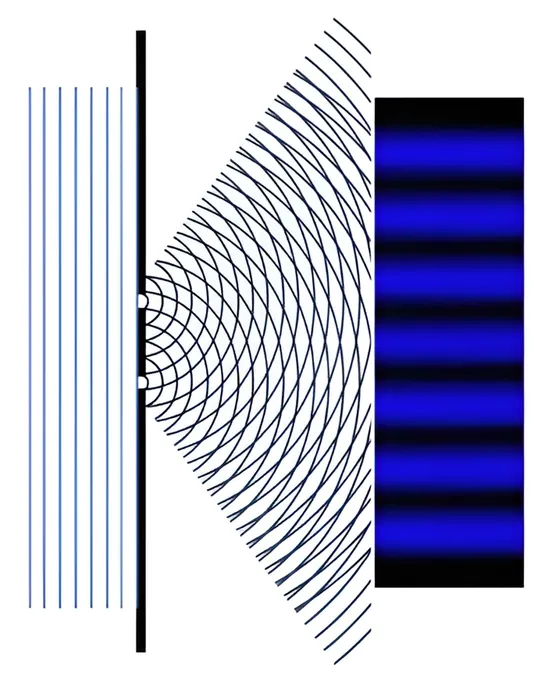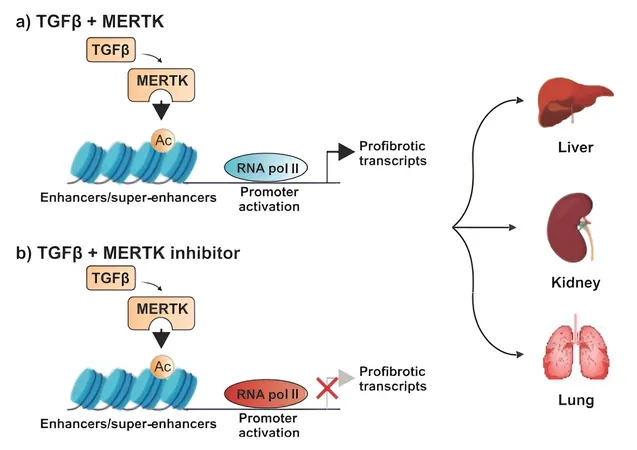
Breakthrough in Quantum Computing: Scientists Manipulate Electrons to Create Revolutionary 'Split-Electron' States
2024-09-19
Introduction
A groundbreaking advancement for topological quantum computers has emerged from recent research, taking steps closer to making this theoretical technology a reality. While still existing in the realm of theory, the topological quantum computer is heralded as potentially the most stable and powerful computing machine ever conceived. Central to its functionality are special qubits (quantum bits) that have not yet been realized or effectively manipulated in practice.
Understanding Split-Electrons
For decades, scientists have understood that conventional matter consists of atoms, which harbor indivisible fundamental particles known as electrons. However, new and astonishing findings suggest that a peculiar aspect of quantum mechanics can be harnessed to create phenomena resembling half an electron—referred to as "split-electrons." These electrons could function as topological qubits, potentially paving the way for unlocking the vast capabilities of quantum computation.
Research Collaboration
This exciting discovery was made by Professor Andrew Mitchell from the University College Dublin (UCD) School of Physics, alongside Dr. Sudeshna Sen from the Indian Institute of Technology in Dhanbad. Both researchers specialize in the theoretical study of quantum properties in nano-scale electronic circuits. Dr. Sen remarked on the striking miniaturization of electronic components, stating, "At the level of nanometers, traditional rules no longer apply; quantum mechanics takes over, completely rewiring our understanding of how these systems operate."
Nanostructures and Electron Behavior
As circuits shrink down, electrons are observed traversing the pathways of the wires one by one. This evolution has enabled the development of transistors that engage with individual electrons. In nanoelectronic circuits, the phenomenon known as quantum interference allows electrons to exhibit behavior akin to splitting when they interact with one another.
Majorana Fermions Discovery
Professor Mitchell elaborated, "In a nanoelectronic circuit, when multiple electrons move along different paths, they can destructively interfere, effectively blocking current. What we have now discovered is that by clustering enough electrons closely together—where they repel each other intensely—this interference modifies the interactions." The surprising outcome of this interaction yields a type of particle known as a "Majorana fermion"—a theoretical construct first proposed in 1937 but yet to be experimentally isolated.
Implications for Quantum Technologies
The implications of this discovery are significant for the evolution of quantum technologies. If researchers can successfully create and manipulate Majorana particles within electronic devices, it could yield a foundational breakthrough in topological quantum computing. Professor Mitchell highlighted that an extensive search for Majoranas has occurred over the last several years, as they are considered vital to the architecture of proposed quantum computers.
Quantum Interference and its Significance
The mechanics of quantum interference elucidated in the research echo the famous double-slit experiment, which profoundly illustrated the wave-like properties of quantum particles. In this classic experiment, individual electrons are fired towards a screen with two narrow slits. The resulting interference pattern demonstrates that an electron can traverse both paths simultaneously, acting like a wave.
Conclusion
The application of quantum interference in the context of nanoelectronic circuits mirrors this experiment, serving as a testament to the intricate complexities of quantum mechanics. Professor Mitchell emphasized the consequences of this interference, asserting, "It stands to reason that we can leverage these effects to engineer the types of qubits essential for advancing quantum computing capabilities." As researchers continue to unravel the mysteries of quantum physics, the dream of a functional topological quantum computer is inching closer to realization, offering a glimpse of the transformative potential these technologies hold for the future of computing. Stay tuned, as the landscape of technology and computational power may soon be reshaped by these incredible advances!



 Brasil (PT)
Brasil (PT)
 Canada (EN)
Canada (EN)
 Chile (ES)
Chile (ES)
 España (ES)
España (ES)
 France (FR)
France (FR)
 Hong Kong (EN)
Hong Kong (EN)
 Italia (IT)
Italia (IT)
 日本 (JA)
日本 (JA)
 Magyarország (HU)
Magyarország (HU)
 Norge (NO)
Norge (NO)
 Polska (PL)
Polska (PL)
 Schweiz (DE)
Schweiz (DE)
 Singapore (EN)
Singapore (EN)
 Sverige (SV)
Sverige (SV)
 Suomi (FI)
Suomi (FI)
 Türkiye (TR)
Türkiye (TR)